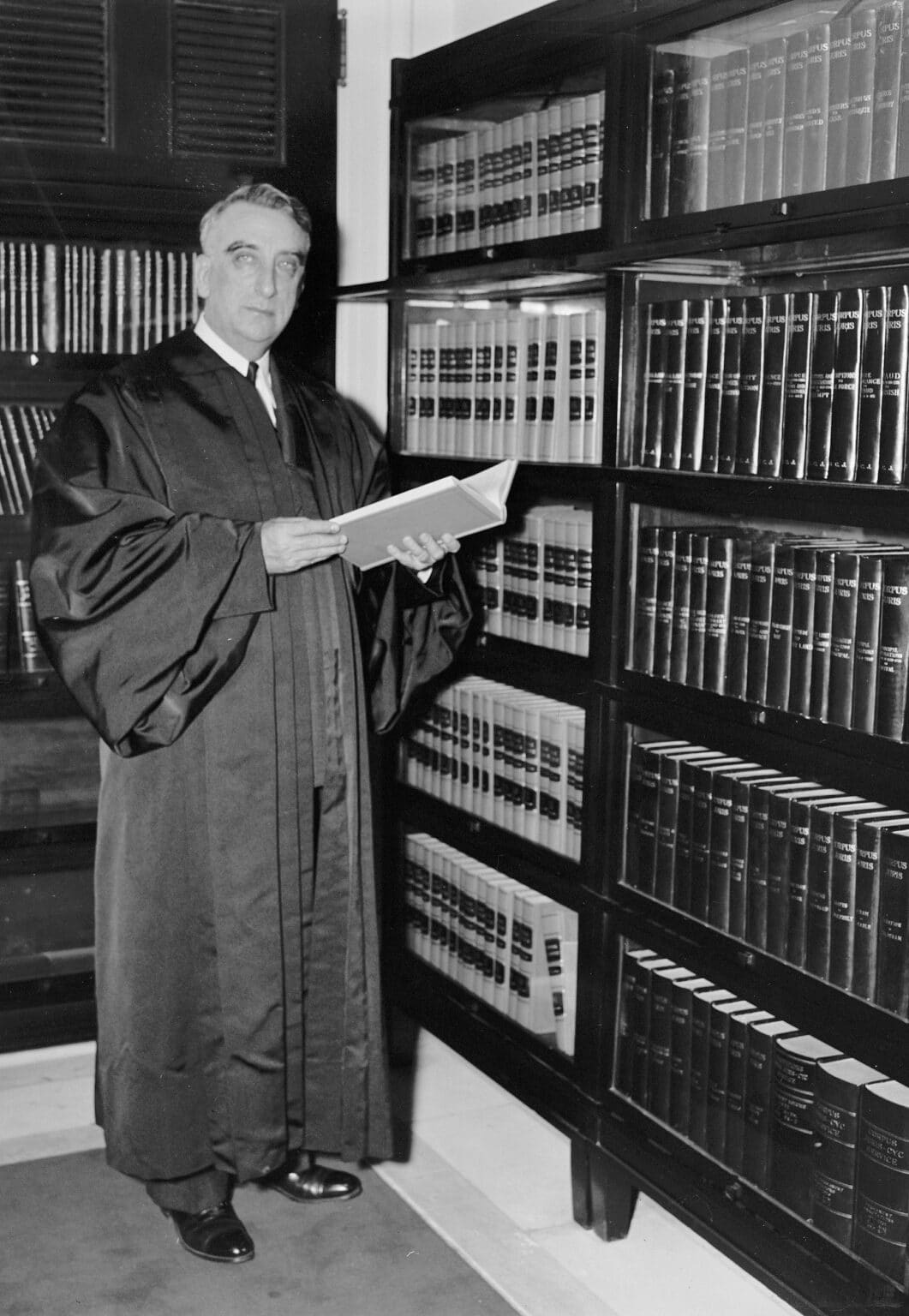RESOURCES
PEOPLE
Chief Justice Fred M. Vinson
1880-1953
Frederick Moore Vinson was an American politician and jurist who served as the 13th Chief Justice of the United States from 1946 until his death in 1953. Born in Louisa, Kentucky, Vinson was educated at Centre College, where he earned his law degree. He began his career in private practice and soon entered politics, serving in the U.S. House of Representatives during the 1920s and 1930s as a Democrat from Kentucky.
During the New Deal era, Vinson became a trusted advisor to President Franklin D. Roosevelt and later served in key roles under President Harry S. Truman. He was appointed to the U.S. Court of Appeals for the D.C. Circuit in 1937, served as Director of the Office of Economic Stabilization, and then as Secretary of the Treasury during World War II. In 1946, Truman appointed Vinson as Chief Justice in hopes that his political and administrative skills would help unify a fractured Supreme Court.
Role Leading Up to Brown v. Board of Education:
Vinson’s tenure as Chief Justice came during a critical period in the legal battle over segregation. The Court under his leadership heard several cases that began to challenge the doctrine of “separate but equal” established by Plessy v. Ferguson (1896).
One significant case was Sweatt v. Painter (1950), where the Court unanimously ruled that separate law schools for Black and white students in Texas were not equal. Another was McLaurin v. Oklahoma State Regents (1950), which found unconstitutional the separate treatment of a Black student within a previously all-white graduate school.
Despite these steps toward dismantling segregation, Vinson was seen as cautious. He was reluctant to overrule Plessy outright and was viewed as trying to avoid a sweeping decision on segregation during his tenure. When the first arguments in Brown v. Board of Education were heard in 1952, the Court was reportedly divided. Vinson himself was believed to favor a more conservative, incremental approach to school desegregation.
Vinson died unexpectedly in September 1953, just before the Court reconvened to reconsider Brown. His death opened the door for President Eisenhower to appoint Earl Warren as Chief Justice. Warren’s leadership proved pivotal in forging the unanimous decision in Brown v. Board of Education (1954), which declared racial segregation in public schools unconstitutional.
